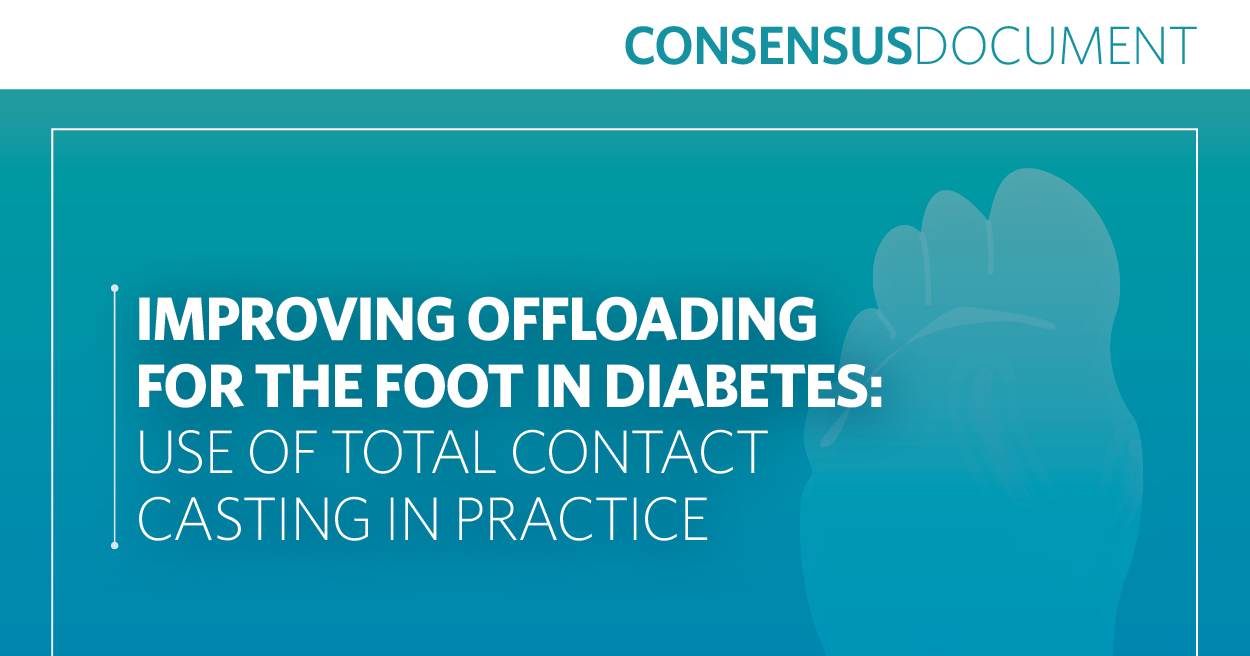As we enter a decade of diabetic foot care with the NHS in turmoil and budget restrictions hitting like I have never known in over 25 years of practice, we need some good news.
For most of the past decade I, along with a number of others, have tried to promote the need for clearly defined standards for what constitutes a diabetic foot care specialist (Stuart et al, 2007; McCardle, 2008; McInnes, 2008; Young, 2008). Over the past 4 years the Scottish Diabetes Group has given time and money to develop such a programme for the whole of the UK.
The Diabetes Foot Competency Framework has been developed in conjunction with the Scottish Diabetes Group and Skills for Health in consultation with NHS Education Scotland and a number of higher education institutions. But it is not a tartan document; it is for everyone involved in diabetic foot care. Over the past year we have been consulting widely, but possibly not communicating this enough through the journal and the Framework’s Facebook page (http://on.fb.me/ea8NUg)! This may be why it appears that all has gone quiet, but the truth is far from it.
The Framework is well on the way to full-scale pilots followed by limited, and later widespread, introduction to practice. Last year saw a meeting in January of Scottish stakeholders followed by a formal introduction of the Framework to Foot in Diabetes UK. Both brought forward comments that have strengthened the document immensely. Also in 2010, Joanne McCardle (Advanced Acute Diabetes Podiatrist, Edinburgh) presented scenarios for using the Framework at the Diabetic Foot Journal (London), Society of Chiropodists and Podiatrists (SoCaP) and Podiatry Managers conferences. Further updates will follow at the 2011 Diabetic Foot Journal Conferences (Edinburgh, 6 June, see pages 17–20 for the full programme and application form; London, 20 October, programme announced next issue) as part of programmes that will hopefully expand the boundaries of practice once again this year.
December 2010 saw the Diabetes Foot Competency Framework Steering Group meet with SoCaP. The meeting went well; wide support and commitment to go forward was received. Excitingly, SoCaP’s e-learning portfolio system may be applicable to the accruing of competency sets and
we are exploring this with great interest.
So where are we going? I expect we are going forward to a place where everyone can guarantee their abilities at their level of practice and, if so desired, can fill knowledge and skill gaps to rise to higher levels of practice in the most exciting arena of diabetes care. Research and audit will be required, particularly at the higher levels, so everyone can contribute to improving practice. Ultimately, people with diabetes will have better, more consistent foot care, which can only be a good thing.





